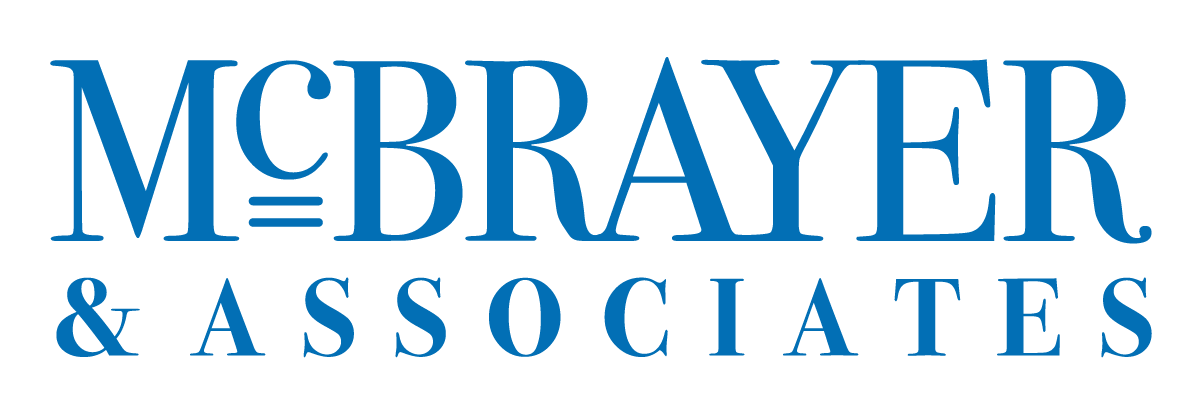The #1 Biggest Reason Why You Can’t Achieve Your SMART Objectives

Most sensible salespeople spend nearly all of their time addressing issues that are important and urgent. That makes logical sense. What most business people don’t realize, though, is that addressing those issues—the ones that are important and urgent—is a reactive stance. In order to excel, the sales person needs proactive steps to success.
SMART Goals Template According to the Time Matrix
On any given To Do List, we prioritize, and we generally prioritize based on the item’s time-sensitivity. Stephen Covey’s Time Matrix qualifies items differently—or rather, it shows us the error in prioritizing only in this way, in terms of urgency.
In the diagram below, the vertical axis represents the level of importance and the horizontal axis represents the level of urgency.

We can place all our activities in a given day in one of the following four quadrants.
QI: Activities that are important and urgent.
QII: Activities that are as important as QI, but not urgent
QIII: Activities are not important, but they ARE urgent.
QIV: Items that are neither important nor urgent.
QI: Important and Urgent
Most sellers spend almost all of our time in the important and urgent category—but that is where we should be spending much of our time. We should be careful when thinking of how to set goals, not to spend all of our time in this quadrant, since most of these items are reactionary. That means that we are responding, and we are usually responding to something our customer wants or needs. These items in QI are important and urgent, definitely, but they should not take up all of the seller’s time.
QII: Important, but Not Urgent
The items in QII’s list are just as important as those in QI, but they are not time-sensitive, meaning that they do not have the same urgency.
Simplified, that means that these items are not directly important to other people—the only person they directly affect is you. Sellers who do not plan their time effectively will always be in QI, reacting to the demands of others.
If the seller is always meeting the demands of others—which are totally necessary, after all, they have been labeled Important and Urgent—they very seldom make time to work on their own agendas. Your own commitments are located in QII. Your commitments are your agenda.
The steps to success for execution and improvement are almost exclusively in QII. For any salesperson to improve, s/he must block out time to address the lead indicators addressed for QII.
Failing to schedule time to plan these SMART objectives leads to failure in keeping the commitments. Blocking off calendar time to prepare (like rehearsing your briefing or writing out your best discovery questions) is essential to success.
How to Keep Your Workplace Commitments
In Program on Persuasion, our corporate sales training asks the salesperson to make weekly commitments. A commitment is not a promise to do more lead activities or try harder.
A commitment, in our terms, is a very specific task that you choose to help you perform on one of your lead indicators.
Program on Persuasion essentially teaches you how to build Quadrant II to expand your expertise as a salesperson.
Menu of Commitments
Here are a few examples of what your commitments may look like.
- Create introduction script to my Educational Briefing.
- Create retorts to my Top 5 Anticipated Objections to my Briefing.
- Rehearse my briefing aloud 20 times.
- Write down 5 Problem/Opportunity Questions for dealers.
- Develop decision tree for anticipated responses to 5 Problem Questions.
- Write 5 Impact Questions for each Top 5 Problem Responses.
- Write out 3 different Strong Starts.
- Generate 5 Bold Contrasts—my solution to the dealer’s problem.
- Publish 10 powerful Third Party Validations.
Conclusion
Although much of our time should be spent in addressing activities that are both important and urgent, the key to exceptional success lies in prioritizing differently. Most (if not all) of the items listed in QI react to the needs of others. To achieve SMART objectives, salespeople should make time to address the proactive needs that will them achieve the goals they’ve set for themselves.
Photo by Natalie B.
